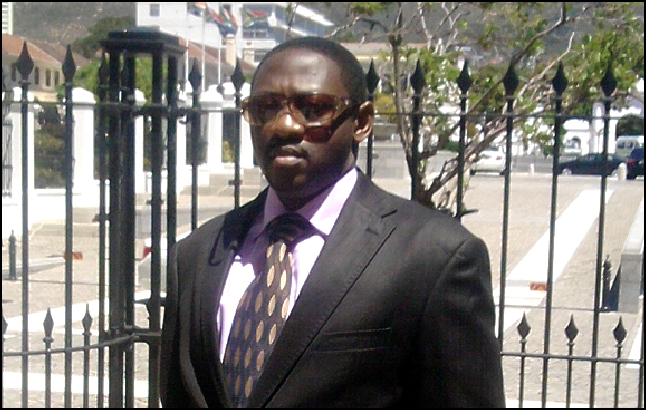Sub Saharan African lags behind every other region in the world when it concerns airfreight volume. According to statistics from the African Development Bank, measured in kilometers travelled and metric tons the region can only boast of 1.5 per cent of the global industry, whereas the Pacific region and East Africa hosts 35.7 per cent of the air transport industry. Sub Saharan Africa counts only for about 1.5 per cent of the world’s passengers in both international and domestic flights compared to 28 per cent in North America.
On the continent the air transport industry is dominated by three major airlines which include South African Airlines, Kenyan Airways and Ethiopian Airlines. According to a 2013 IOSA study at least 200 African airlines are presently operating in Africa of which only 38 meet global safety standards.
Poor safety records remain the greatest challenge in this industry. According to a Mo Ibrahim Foundation report of late 2013, despite the fact that terminal capacity and runways are usually adequate, surveillance and air traffic control remain a bone of contention.
Another impediment plaguing the air transport industry in Sub Saharan Africa is the cost of fuel. On the world’s stage, fuel accounts for about 35 per cent of an airline’s operational cost. This ranges from 45 to 55 per cent in Africa, making fuel prices in some stations in Africa twice as expensive as what attains averagely in other parts of the world.
Airport taxes in Sub Saharan Africa are also exorbitant. In comparison to several airports outside Africa, passenger’s taxes in Sub Saharan Africa are very high. The ADB purports that passenger landing tax in Accra, Ghana is $ 75 and $137 in Ambouli, Djibouti compared to $14 in Paris, France and $6 in Mumbai, India.
In 2013 Airports Council International found out that air safety in Africa worsened in 2012 to 3.71 Western-built jet hull losses per million flights up from 3.27 in 2011. Sub Saharan Africa continues to have the poorest air safety record in the world despite the recent focus on the Malaysian air plane crash in March 2014 which has rocked the air waves. Most accidents in Sub Saharan Africa take place in two countries, Sudan and the Democratic Republic of Congo.
In 2013 the Africa Strategic Improvement Action Plan was put forth by African states and endorsed by the African Union. This plan is supposed to strengthen regulatory oversight and address safety deficiency on the continent. The idea is to have world class safety performance by the end of 2015.
Sub Saharan Africa needs to translate such action plans into concrete actions. African leaders have been holding meetings with endorsements from the African Union to no avail. It is important for African states to first of all revisit their air safety conditions. Infrastructure is very germane. Most airports on the continent need to meet international standards. The equipments used at most airports in Africa need to be state of the art. The personnel need to be well trained as colleagues in other parts of the world. Corruption at airports in Africa needs to be curbed. It is germane for governments to rectify these ills for better safety conditions and air transport financial gains for the continent.
Chofor Che is an associate of AfricanLiberty.org and an integral part of the Voice of Liberty initiative. He is also a Doctoral Law candidate at the University of the Western Cape and blogs at http://choforche.wordpress.com/

